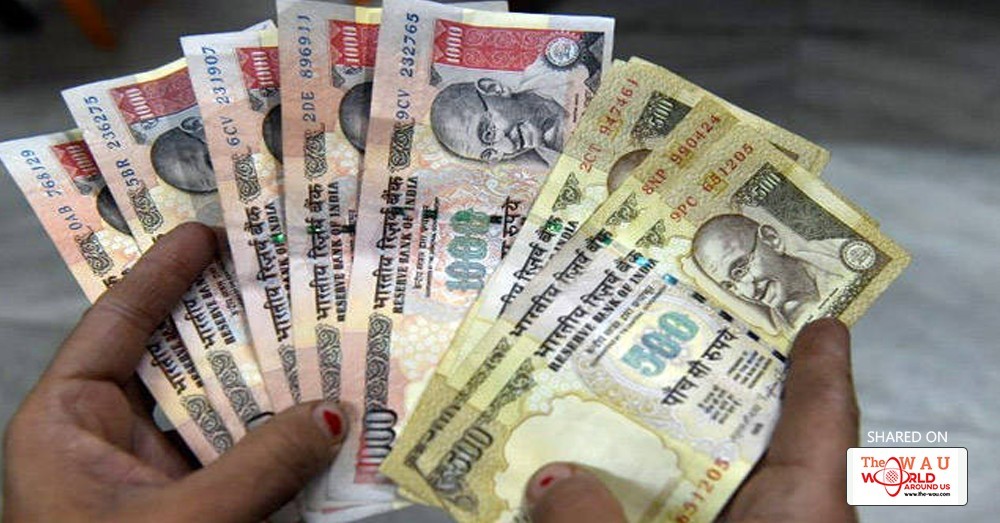As the opposition scaled up its attacks on the government after the Reserve Bank of India revealed that only 1 per cent of demonetised currency did not return to the system, the government appears to have shifted the goalpost.
The Reserve Bank of India's report estimated that nearly Rs. 15.28 lakh crore of the Rs. 15.44 crore sucked out of circulation by PM Modi's announcement, had returned to the banking system. This implied that people holding unaccounted cash, who government leaders had insisted were spending sleepless nights, had managed to beat the system.
But the government suggests this was never the objective of the notes ban decision.
"The real objective of demonetisation were formalisation (of the economy), attack on black money, less-cash economy, bigger tax base, digitisation, a blow to terrorism," Finance Minister Arun Jaitley said minutes after the central bank put out its report.
In the months after Prime Minister Narendra Modi's surprise announcement on November 8 to outlaw Rs. 500 and Rs. 1,000 currency notes, the government did aggressively encourage digital transactions.
The central bank's data on digital transactions shows there was a spike after demonetisation, they have dropped to pre-demonetisation levels. Both in terms of the number of transactions, and its value.
While the volume of transactions rose from 671 million in November 2016 to 957 million in December 2016, the number of digital transactions dropped to 862 million in July 2017. Before the notes ban, the volume of digital transactions was much higher at 1,452 million in September 2016.
In terms of value, the value of the transactions spiked to Rs. 1,044,055 billion in December 2016 but dropped to only Rs. 107,481 billion in July 2017.
E-commerce companies NDTV spoke to confirmed a similar trend.
Ananth Narayanan, chief executive officer of Myntra, said an average of 40 per cent of their customers paid made payments digitally before demonetisation. "Post-demonetisation that number went close to 54-55 per cent but it has now come back to 45-46 per cent," the head of the online shopping site said.
As far as the claim that demonetisation had widened the tax base is concerned, official statistics released by the Finance Ministry last month show that there had been a 25% rise in the number of tax returns filed after the notes ban.
But the long-term data shows that tax returns had gone up by 27 per cent in 2016.
Share This Post














